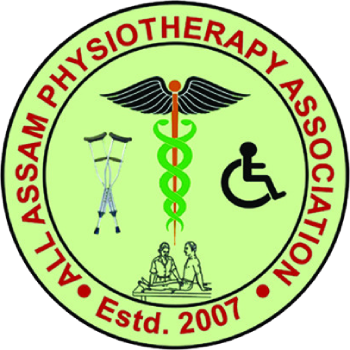Our Articles
Sanjiv Kumar Bhattacharjee: The Pathfinder of Physiotherapy in North East India
- Dr. Habibul Islam
- Dean, School of Allied Medical Sciences
- University of Science & Technology, Meghalaya
In Assam, the pioneer of Physiotherapy was Sanjiv Kumar Bhattacharjee who initiated occupational therapy, as Physiotherapy was referred to in those days, way back in 1960 when he joined as an Occupational Therapist in Assam Medical College, Dibrugarh. He was born to late Siddheswar Bhattacharjee and Kamala Debi on 31st July, 1933 in village Salkocha of then Goalpara district. Siddheswar's elder brother was the great scholar Smrititirtha Bisweswar Bhattacharjee. After his schooling in local Pukhuri par LP school, he finished schooling in Indra Narayan Academy of Bilasipara. Then he travelled to Dibrugarh and obtained a Diploma in Pharmacy, from the School of Pharmacy located in old Berry-White Medical School. Observing the need and opportunities of Physiotherapy, he proceeded to Mumbai in 1956 and obtained a diploma in Occupational Therapy in KEM Hospital. In order to gain experience in the field he went to Hyderabad to work at 'Aramghar', a home for the differently abled run by the Indian Conference of Social Work. He stayed there till 17 February, 1960.He was appointed as an Occupational Therapist and joined in Assam Medical College on lst December, 1960. At that time, Physiotherapy was known to a handful in greater Assam, comprising of 12 districts including Nagaland, Meghalaya and Mizoram. He served over 1000 patients admitted in AMCH single-handed. He retired on 31st July, 1991. He passed away in 2018 in Jorhat where he lived with his wife Noni and son Mayurjyoti. Noni Bhattacharjee is a cousin of the country's top bureaucrat M P Bezbaruah of Dergaon. Six footer and muscular Bhattacharjee was very dignified served without any complaint even though he was referred to as massage-giver "Malishbabu". He not only established himself as the first Physiotherapist in Assam, but he improved the practice opening the doors to his successors.
The Association of Physiotherapists should recognise this pioneer and offer a proper place in its annals for posterity.
